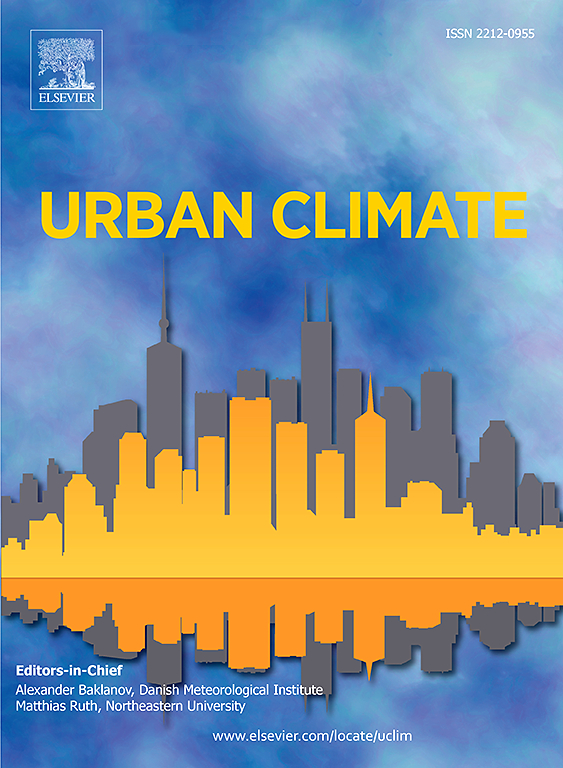弹性城市化评估框架:城市弹性的新视角
IF 6.9
2区 工程技术
Q1 ENVIRONMENTAL SCIENCES
引用次数: 0
摘要
城市韧性和新型城镇化是城市可持续发展的重要动力。大学与大学之间的积极协调对城市的高质量建设具有重要意义。然而,有限的研究集中在大学校本与大学校本之间的直接联系上,忽视了这两个系统之间的关系。因此,本研究通过研究弹性城市化与弹性城市化之间的协调性,提出了一种定量评价弹性城市化的方法。以UR和NU的变化率定义弹性城市化弹性系数IRU,并以此系数为基础建立了∆UR -∆NU坐标系,通过IRU值或∆UR -∆NU坐标系来判断城市化是否具有弹性。随后,结合全阵列多边形法和GM(1,1)模型计算UR、NU和RU。并以中国4个直辖市为例进行实证研究,结果表明弹性城市化弹性系数可以用来考察城市化进程是否具有抵抗性。同时,该系数可以灵活设定检验周期,对任意时期的弹性城市化绩效进行评价。建立的坐标系统为多个城市的横向和纵向比较提供了准确的平台,有助于做出正确的决策。本文章由计算机程序翻译,如有差异,请以英文原文为准。
Resilient urbanization assessment framework: A new perspective on urban resilience
Urban resilience (UR) and New-type urbanization (NU) are essential driving forces for sustainable urban development. The positive coordination between UR and NU is of great significance for the high-quality construction of cities. However, limited studies have focused on the direct link between UR and NU, ignoring the relationship between these two systems. Therefore, this study proposes a quantitative method for evaluating resilient urbanization (RU) by investigating the coordination between UR and NU. A resilient urbanization elasticity coefficient defined by the change rate of UR and NU, and a coordinate system was developed based on this coefficient, which can determine whether urbanization is resilient by the value of or from the coordinate system. Subsequently, the Entire-array-polygon graphical method and GM(1,1) model were combined to calculate UR, NU and RU. Then, four municipalities in China were selected for a case study, and the results revealed that the proposed resilient urbanization elasticity coefficient could help to examine whether the urbanization process is resistant. At the same time, this coefficient can flexibly set the examination period to evaluate the performance of resilient urbanization in any period. The established coordinate system provides an accurate platform for horizontal and vertical comparison of multiple cities, which can help make correct decisions.
求助全文
通过发布文献求助,成功后即可免费获取论文全文。
去求助
来源期刊

Urban Climate
Social Sciences-Urban Studies
CiteScore
9.70
自引率
9.40%
发文量
286
期刊介绍:
Urban Climate serves the scientific and decision making communities with the publication of research on theory, science and applications relevant to understanding urban climatic conditions and change in relation to their geography and to demographic, socioeconomic, institutional, technological and environmental dynamics and global change. Targeted towards both disciplinary and interdisciplinary audiences, this journal publishes original research papers, comprehensive review articles, book reviews, and short communications on topics including, but not limited to, the following:
Urban meteorology and climate[...]
Urban environmental pollution[...]
Adaptation to global change[...]
Urban economic and social issues[...]
Research Approaches[...]
 求助内容:
求助内容: 应助结果提醒方式:
应助结果提醒方式:


